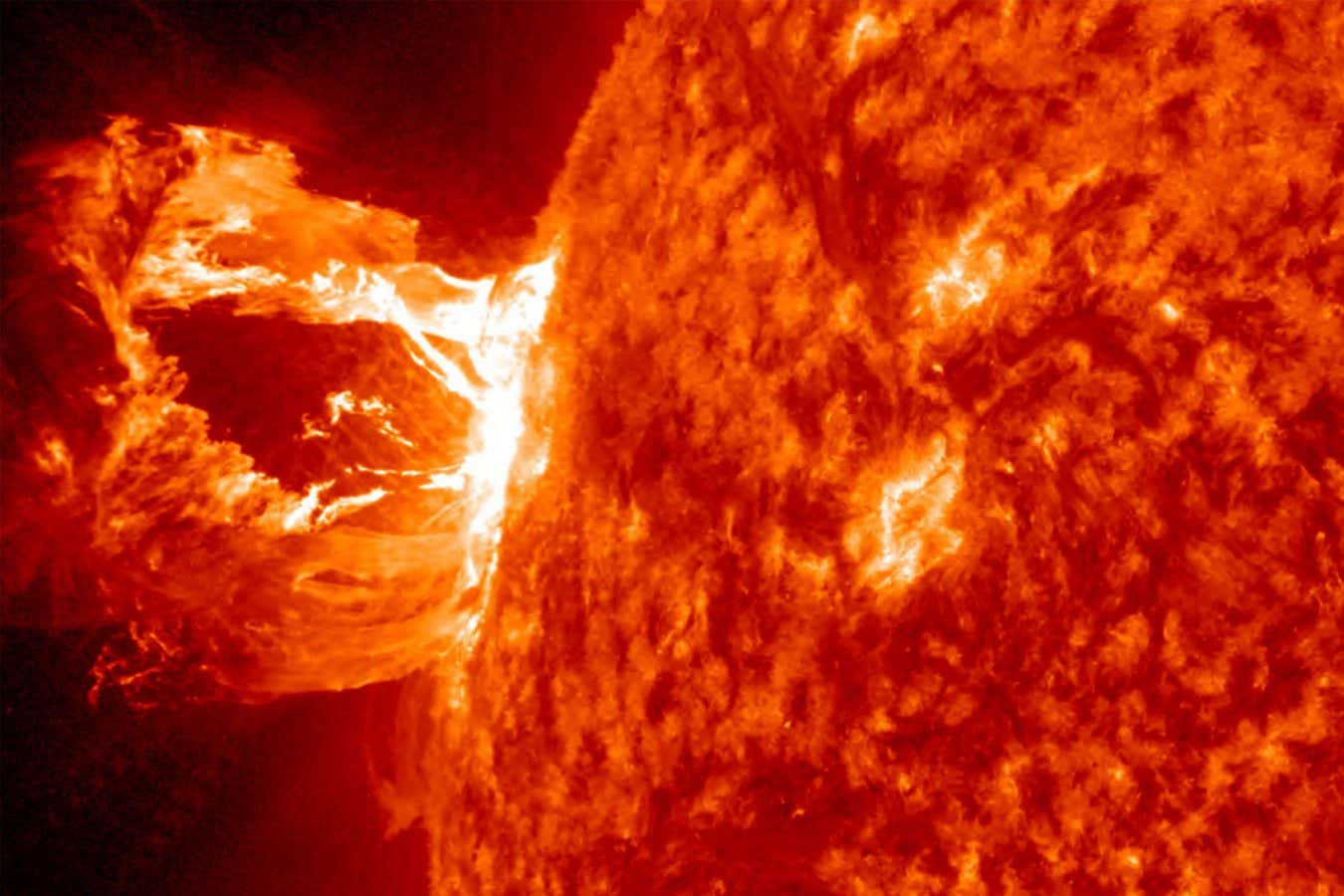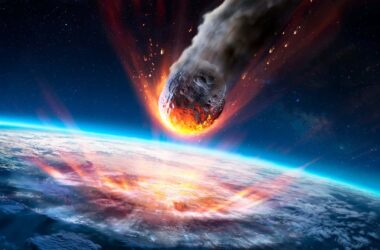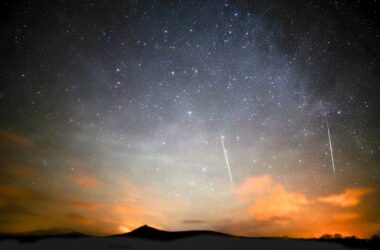A powerful solar storm that occurred 14,300 years ago may be the largest ever to hit Earth, according to evidence found in Alpine tree trunks. While the exact damage such a storm could cause today is uncertain, it is possible that electricity grids could be knocked offline for months and satellites could be destroyed. This discovery was made by Fusa Miyake at Nagoya University in Japan, who found evidence of extremely powerful solar flares in tree trunks. These flares, known as Miyake events, have been discovered many times since then.
Recently, Timothy Heaton and his team at Leeds University in the UK found evidence of the largest solar storm ever, which was almost twice as large as the next largest Miyake event. The evidence was found in pine tree trunks in the southern French alps. Heaton states that the potential consequences of a similar storm today are uncertain, with some predicting catastrophic month-long blackouts and the destruction of solar panels on satellites, while others predict less disruption.
To study this solar storm, Heaton and his team examined 140 different tree trunks in Provence, France. By comparing tree rings and constructing a timeline, they were able to date a significant spike in carbon-14 to 14,300 years ago. This spike was also matched with elevated levels of beryllium found in Greenland ice cores. Heaton points out that there is no historical comparison to gauge the size of this storm. The largest solar storm ever recorded, known as the Carrington event of 1859, was significantly smaller than Miyake events and would not even appear in the radiocarbon record.
It is still unclear how often these solar storms occur or if they follow any predictable patterns. Heaton suggests that they may be extreme versions of the more moderate solar storms that are observed regularly. There is much more to understand about these events, and further research is needed. Raimund Muscheler from Lund University in Sweden notes that the radiocarbon spike provides no information about other behaviors of the sun during solar storms, such as high-energy gamma rays or plasma expulsions. Many more measurements and investigations are required to gain a better understanding of these events.
In conclusion, the discovery of the largest solar storm to hit Earth 14,300 years ago provides valuable insights into the potential impacts of such storms today. While the exact consequences remain uncertain, this research highlights the need for further study and preparedness for future solar storms.








